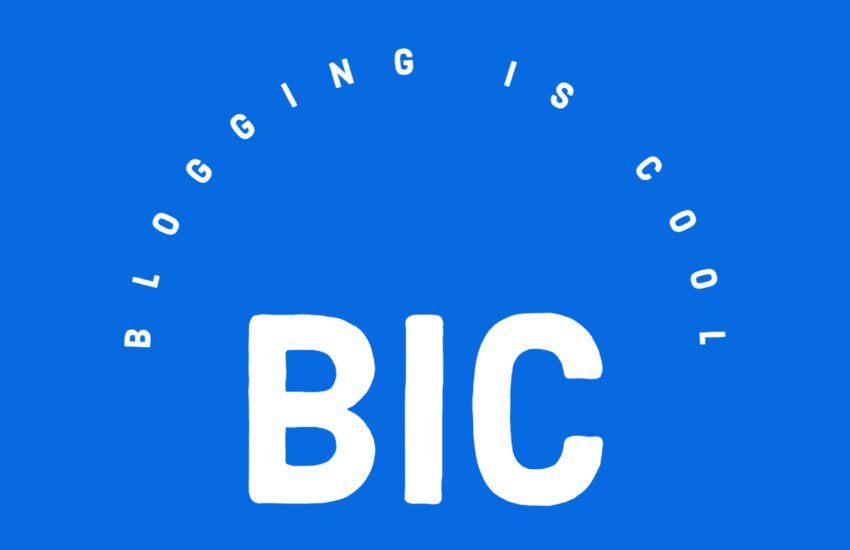How Important is Average Time on Page in Google Analytics?
Firstly, average time on page can indicate the level of engagement and interest that visitors have with your content. If visitors spend a significant amount of time on a particular page, it suggests that they are finding the content valuable and engaging. On the other hand, if visitors are quickly navigating away from a page, it may indicate that the content is not meeting their expectations or needs.
Secondly, the average time on page can help you identify potential issues or areas for improvement on your website. For example, if you notice that visitors are spending a very short amount of time on a specific page, it could indicate that the page is not loading properly or that the content is difficult to read or understand. By analyzing the average time on page, you can identify these issues and take steps to improve the user experience.
Additionally, average time on page can provide insights into the effectiveness of your calls to action (CTAs) and conversion paths. If visitors are spending a significant amount of time on a page that contains a CTA, it suggests that the CTA is compelling and engaging. On the other hand, if visitors are quickly navigating away from a page that contains a CTA, it may indicate that the CTA is not effective or that the page is not providing the necessary information or motivation for visitors to take action.
Moreover, average time on page can be used to measure the success of your content marketing efforts. By tracking the average time on page for blog posts, articles, or other types of content, you can determine which pieces are resonating with your audience and generating the most engagement. This information can then be used to inform your content strategy and create more of the types of content that your audience finds valuable.
Lastly, average time on page can be a useful metric for comparing the performance of different pages on your website. By analyzing the average time on page for different pages, you can identify which pages are performing well and which may need improvement. This information can help you prioritize your efforts and allocate resources effectively to optimize the user experience and drive better results.
In conclusion, while average time on page may not directly impact search engine rankings, it is still an important metric to track and analyze in Google Analytics. It provides valuable insights into user behavior, engagement, and the effectiveness of your website and content. By understanding and leveraging this metric, you can make data-driven decisions to improve the user experience, optimize your content, and drive better results for your website.
1. User Engagement
The average time on page metric can give you an indication of how engaged your website visitors are. If visitors are spending a significant amount of time on a page, it suggests that they are finding the content interesting and engaging. On the other hand, if visitors are leaving a page quickly, it may indicate that the content is not meeting their expectations or needs.
By analyzing the average time on page, you can identify pages that are performing well in terms of user engagement and use that information to optimize other pages on your website. For example, you can analyze the content, layout, and design of high-performing pages and apply those insights to improve the engagement of underperforming pages.
Furthermore, understanding user engagement is crucial for the success of any online business. When visitors spend more time on a page, it increases the likelihood of them taking the desired action, such as making a purchase, filling out a form, or subscribing to a newsletter. Therefore, by improving user engagement, you can ultimately drive conversions and achieve your business goals.
One way to enhance user engagement is by creating compelling and relevant content. When visitors find the content valuable and informative, they are more likely to stay on the page and explore further. This can be achieved by conducting thorough research on your target audience and understanding their needs and interests. By addressing their pain points and providing solutions, you can capture their attention and keep them engaged.
In addition to content, the layout and design of a page also play a crucial role in user engagement. A visually appealing and user-friendly design can make it easier for visitors to navigate through your website and find the information they are looking for. By ensuring that your website is easy to navigate and visually appealing, you can create a positive user experience and encourage visitors to stay longer on your pages.
Another factor that can impact user engagement is page load time. If your website takes too long to load, visitors may become impatient and leave before even seeing the content. It is essential to optimize your website’s performance and ensure that it loads quickly on all devices. This can be achieved by compressing images, minifying code, and utilizing caching techniques.
Furthermore, incorporating interactive elements such as videos, quizzes, and polls can also enhance user engagement. These elements can make the browsing experience more interactive and enjoyable, encouraging visitors to spend more time on your pages. Additionally, they can provide valuable insights into the preferences and interests of your audience, allowing you to tailor your content to their needs.
In conclusion, user engagement is a vital aspect of website optimization. By analyzing the average time on page metric and implementing strategies to improve user engagement, you can create a more compelling and interactive browsing experience for your visitors. This, in turn, can lead to increased conversions and the achievement of your business goals.
2. Content Quality
The average time on page can also provide insights into the quality of your content. If visitors are spending a long time on a page, it suggests that the content is relevant, informative, and valuable to them. On the other hand, a short average time on page may indicate that the content is not meeting the needs of your audience or is not delivering the information they are seeking.
By analyzing the average time on page for different types of content, you can identify which topics or formats are resonating with your audience and which ones are not. This information can help you make informed decisions about the type of content to create in the future and improve the overall quality of your website.
One way to improve the quality of your content is to conduct thorough research before creating it. Understanding your target audience and their needs will enable you to create content that is tailored specifically to them. This means conducting market research, analyzing competitor content, and staying up to date with industry trends.
In addition to research, it is important to ensure that your content is well-written and easy to understand. Use clear and concise language, avoid jargon or technical terms that may confuse your readers, and break up your content into sections or headings to make it more scannable.
Furthermore, incorporating visual elements such as images, infographics, or videos can enhance the overall quality of your content. Visuals not only make your content more engaging and appealing but also help to convey complex information in a more digestible format.
Another aspect of content quality is its relevance to the target audience. Make sure that your content addresses the pain points and challenges that your audience faces. Provide practical solutions, tips, or advice that they can apply in their own lives or businesses. This will not only keep them engaged but also position you as an authority in your industry.
Lastly, don’t forget to regularly update and optimize your content. As trends and information change, it is important to keep your content up to date to maintain its relevance and accuracy. Additionally, optimizing your content for search engines can help improve its visibility and reach a wider audience.
By implementing these strategies and continuously monitoring the average time on page, you can ensure that your content is of high quality, resonates with your audience, and ultimately drives the desired results for your website or business.
3. User Experience
The average time on page can also provide insights into the user experience of your website. If visitors are spending a long time on a page, it suggests that they are finding it easy to navigate, read, and interact with the content. On the other hand, a short average time on page may indicate that visitors are encountering usability issues or are not finding the information they need quickly.
By analyzing the average time on page, you can identify pages with high bounce rates or low engagement and take steps to improve the user experience. This could involve optimizing page load times, improving navigation, enhancing the readability of content, or making the information more easily accessible.
One way to optimize page load times is by compressing images and files, reducing their size without compromising their quality. This ensures that the website loads quickly, minimizing the waiting time for visitors. Additionally, implementing caching techniques can store frequently accessed files, allowing them to be retrieved faster and improving overall page load times.
Improving navigation involves making it intuitive and user-friendly. Clear and concise menu options, breadcrumbs, and a search bar can help visitors easily find the information they are looking for. Implementing a responsive design ensures that the website is accessible and easy to navigate on different devices, such as smartphones and tablets.
Enhancing the readability of content involves using appropriate font sizes, line spacing, and colors to make the text legible. Breaking up large chunks of text into smaller paragraphs and using headings and subheadings can also improve readability. Additionally, incorporating multimedia elements such as images, videos, and infographics can make the content more engaging and visually appealing.
Another aspect of improving the user experience is making the information more easily accessible. This can be achieved by implementing a well-structured information architecture, organizing the content into categories and subcategories. Providing clear and concise labels for navigation links and using descriptive anchor text for internal links can also help visitors easily find the information they need.
By focusing on optimizing page load times, improving navigation, enhancing content readability, and making information easily accessible, you can create a positive user experience that encourages visitors to stay longer on your website, explore more pages, and ultimately achieve their goals.

